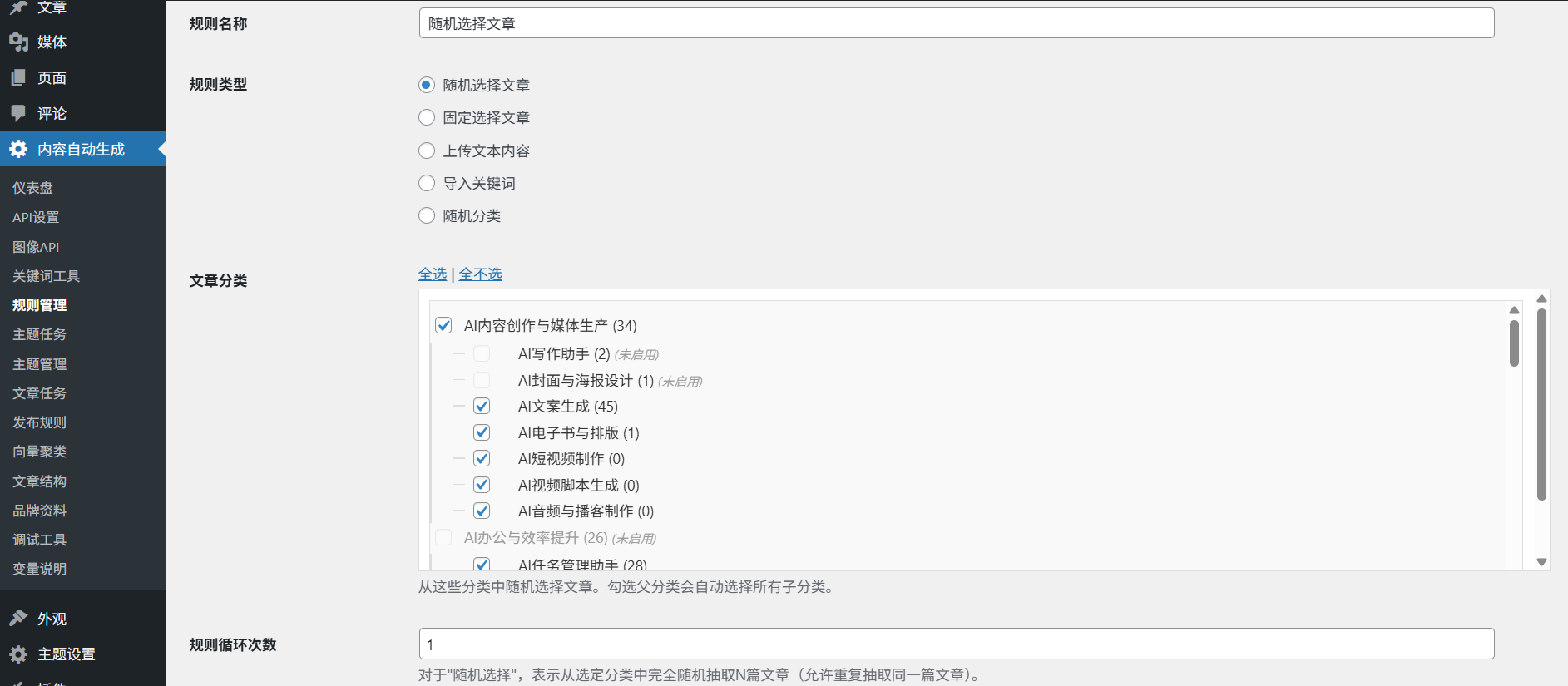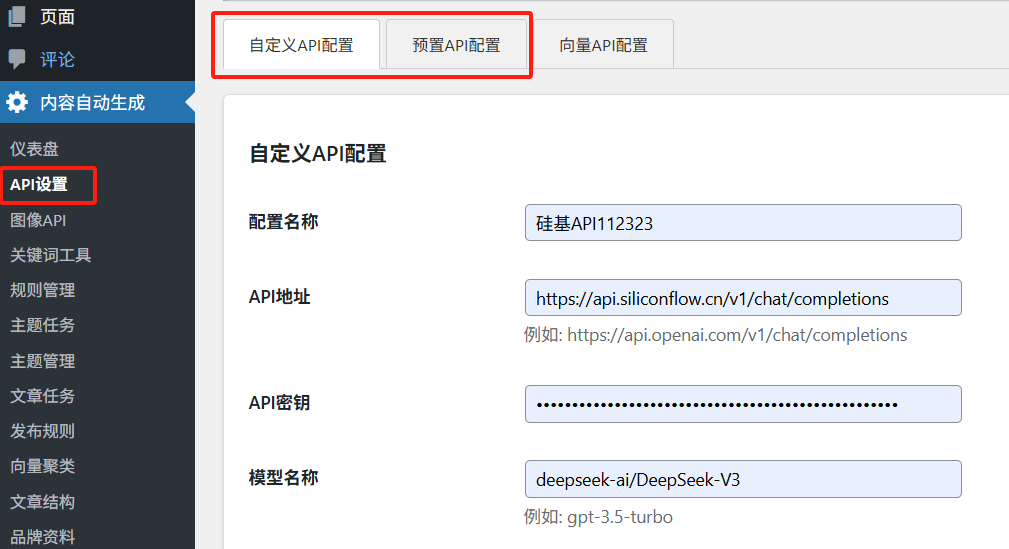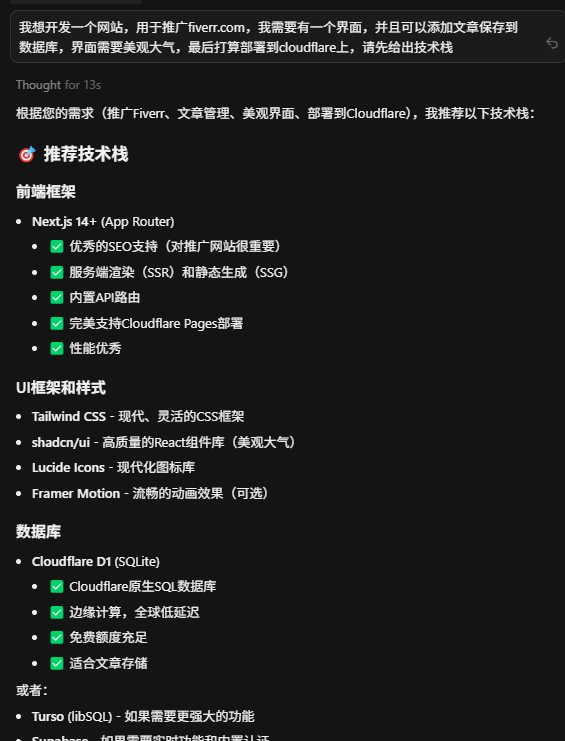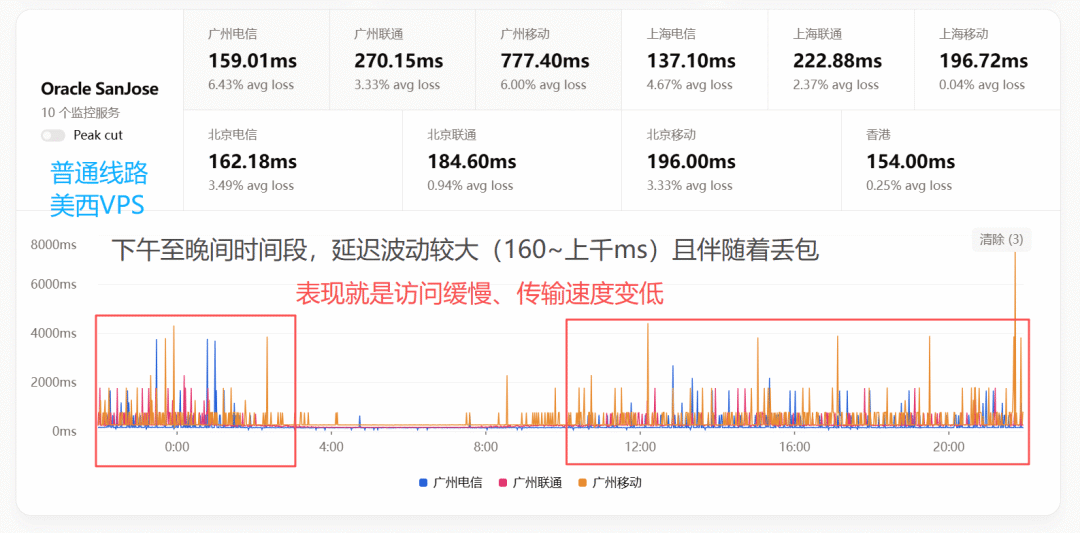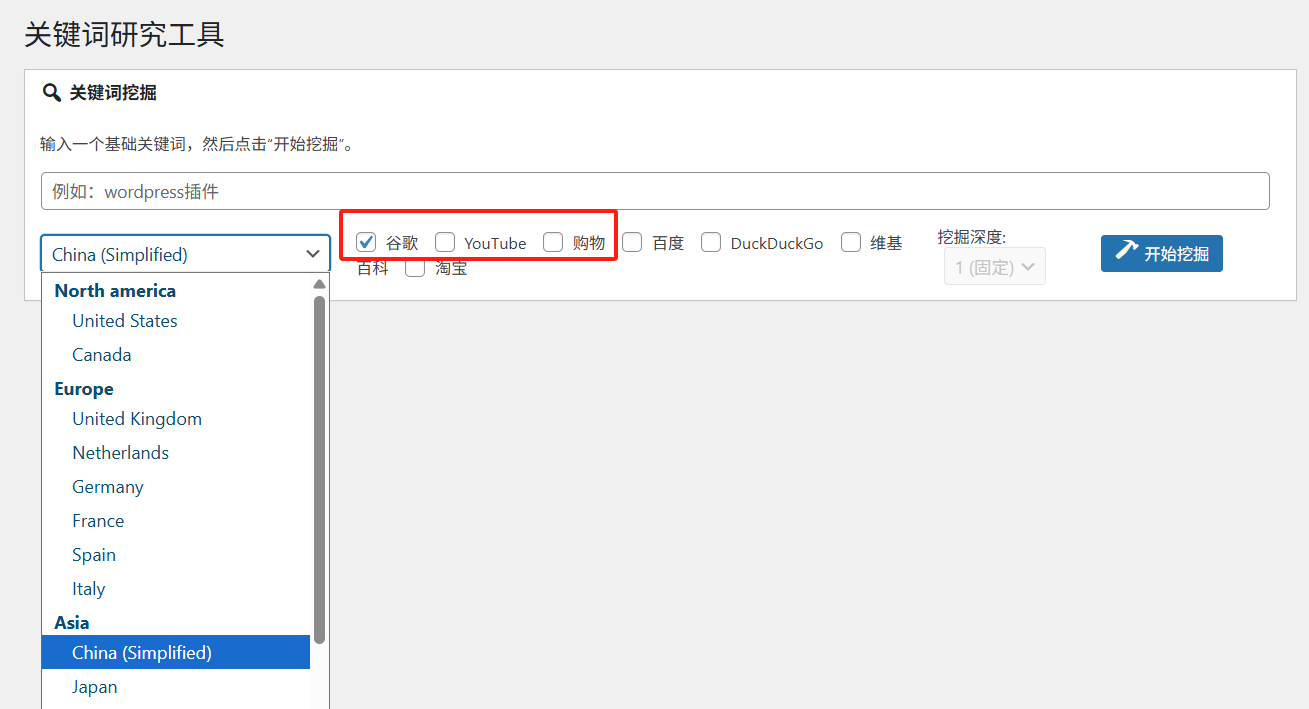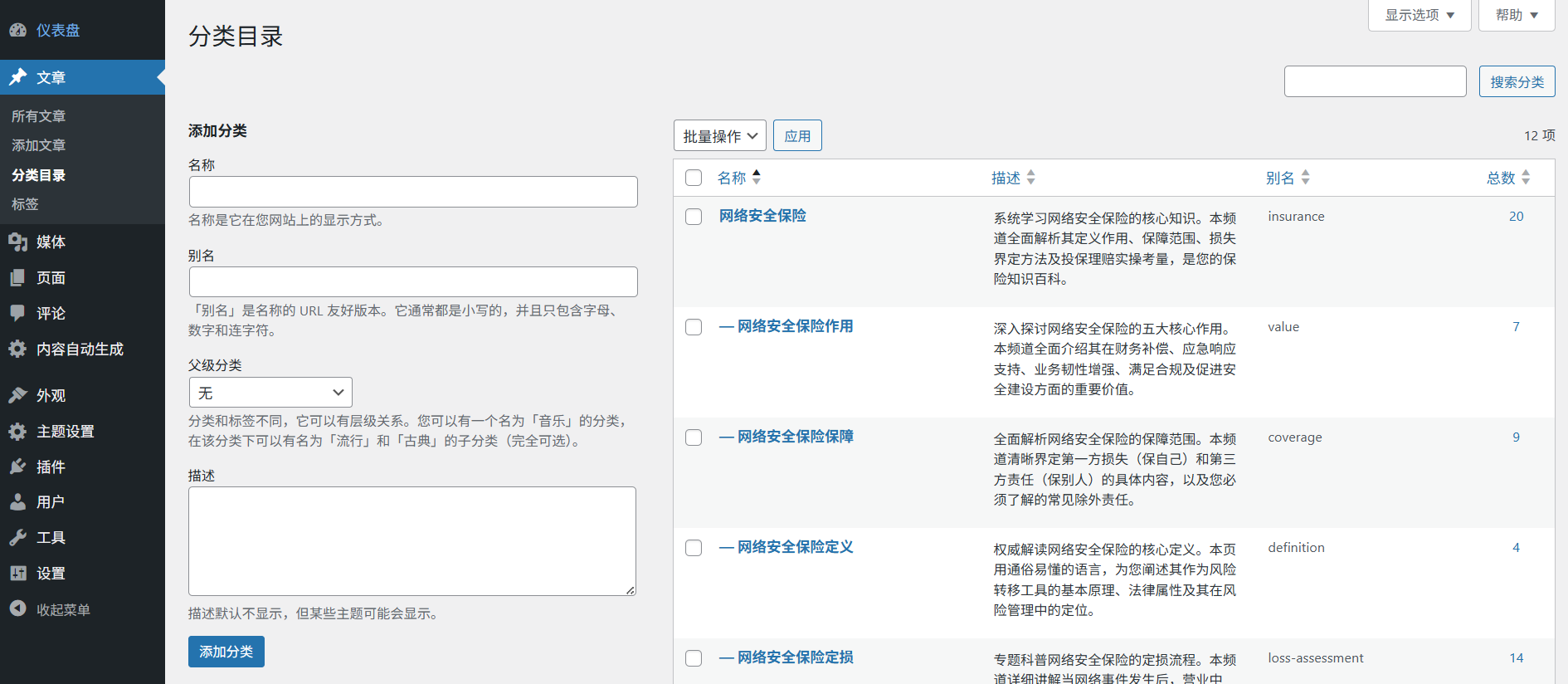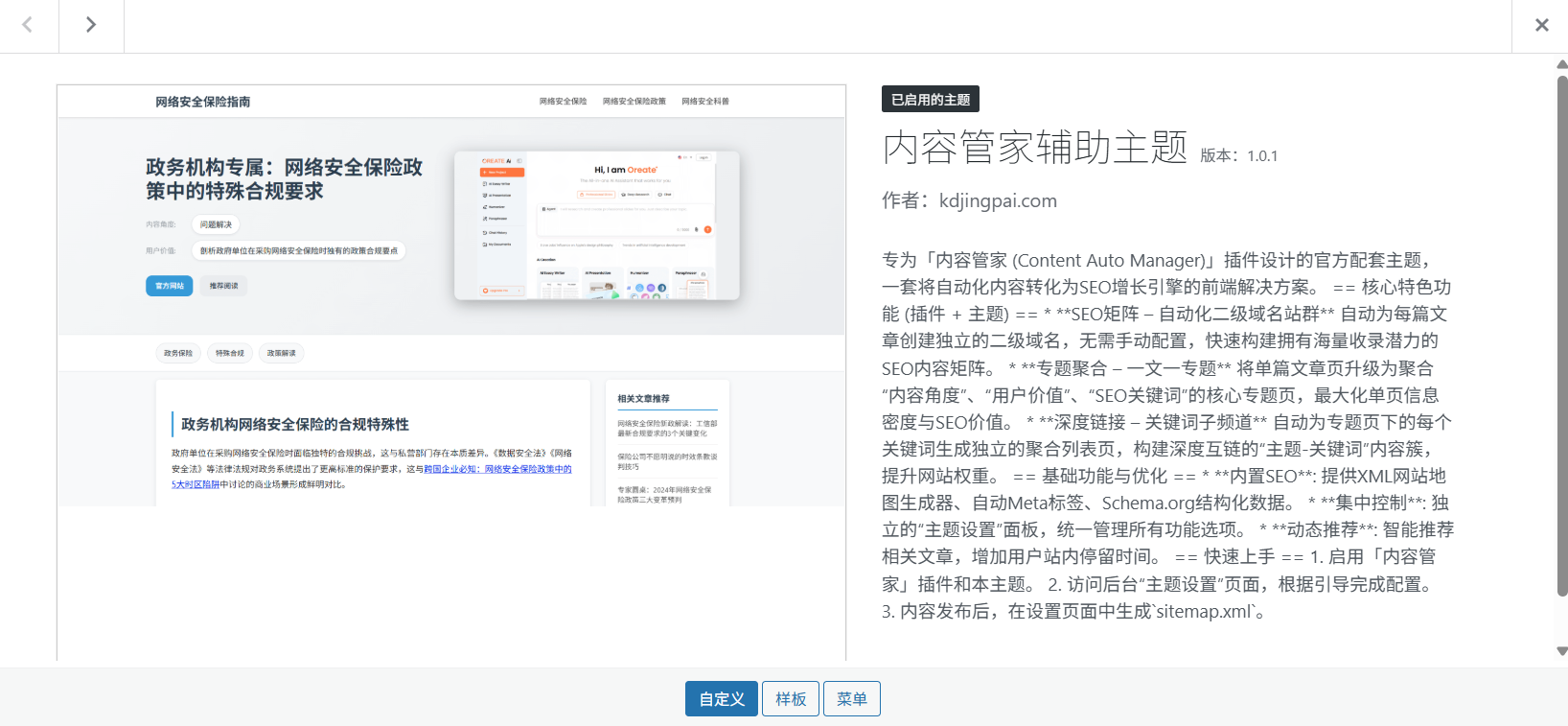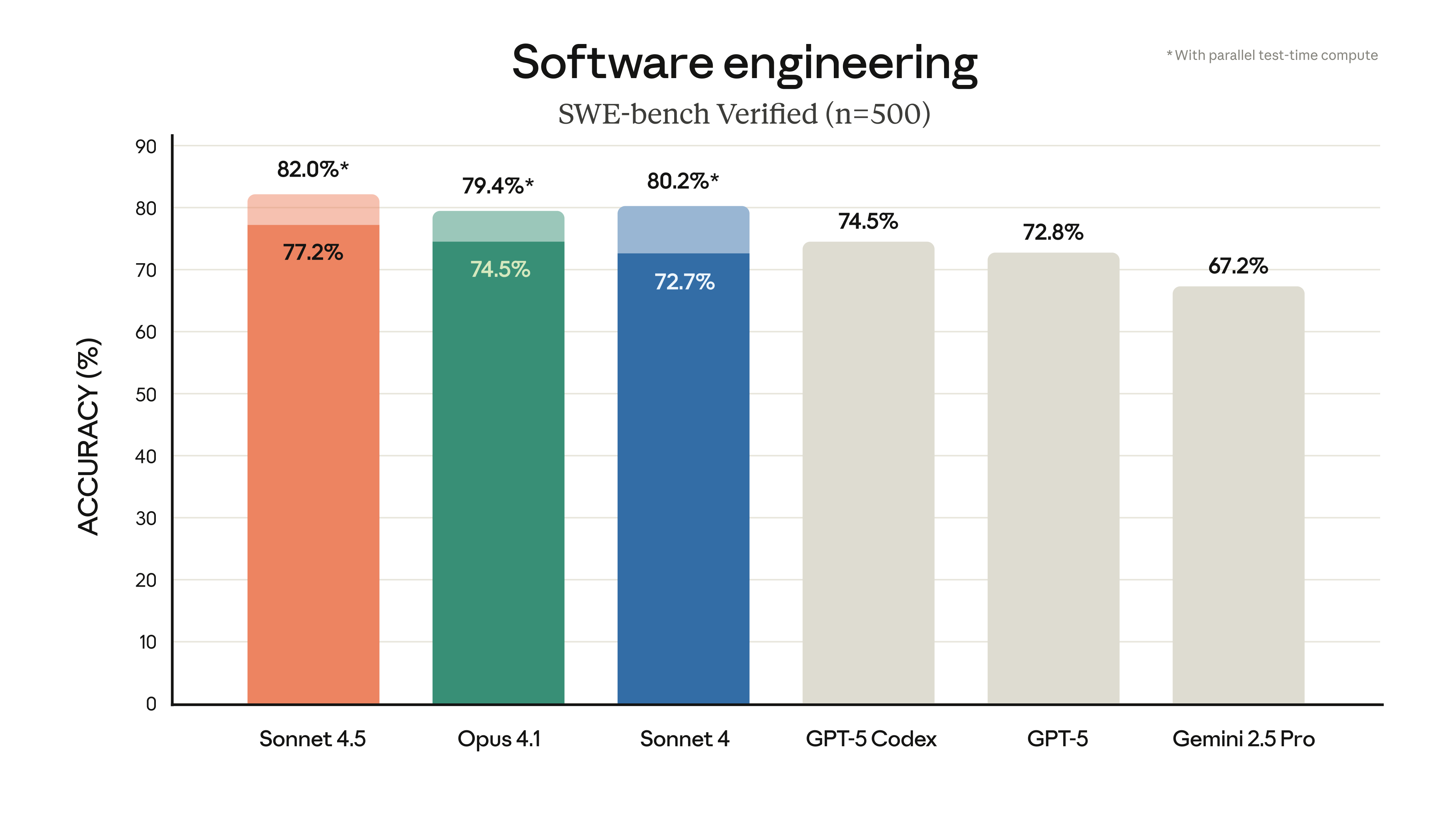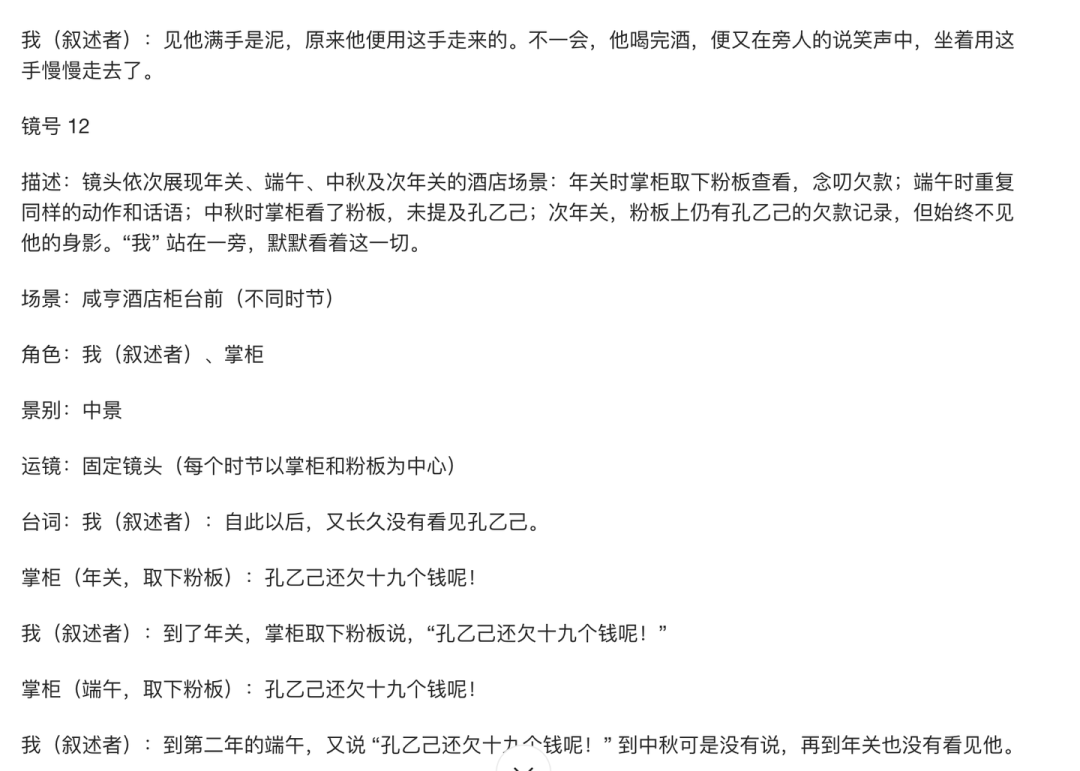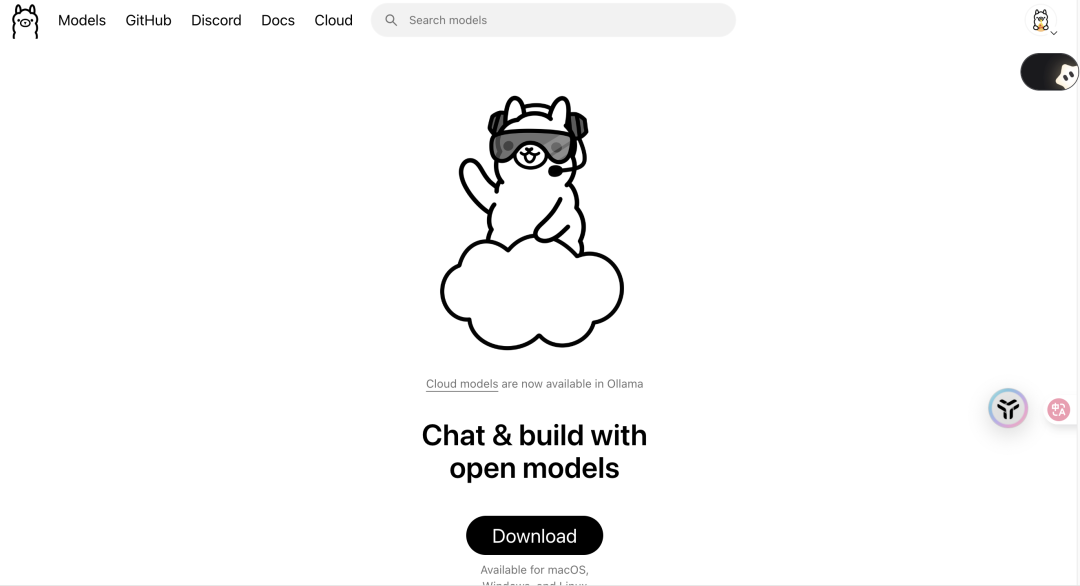Applying Nia AI's Code Semantic Analysis to Reconstruct System Knowledge
For poorly documented legacy systems, Nia offers the following practical approach:
- Automated Document Generation: Analyze the code structure and then automatically produce module descriptions that contain:
- Description of key function usage
- Interface I/O Specifications
- Description of key business processes
- intelligent question and answer (Q&A) supplement: support for asking deep technical questions such as "why is this function locked here", and Nia will infer the answer from the code context
- Change impact analysis: Run the "impact" command before modifying the code to get a list of other modules that may be affected.
Specific operations:
- Full indexing of legacy code base (nightly implementation recommended for large projects)
- Use the "doc generate" command to create a preliminary document framework.
- Interactive refinement of details via the "explain" command
- Deposit the output documents in the project wiki to form a knowledge deposit.
A customer case study shows the use of this method to create 90% completeness of technical documentation for a 10 year old Java system in 3 weeks. Periodic re-indexing is recommended to keep the information synchronized.
This answer comes from the articleNia: Intelligent Tools to Help Developers Understand and Manage Code BasesThe











